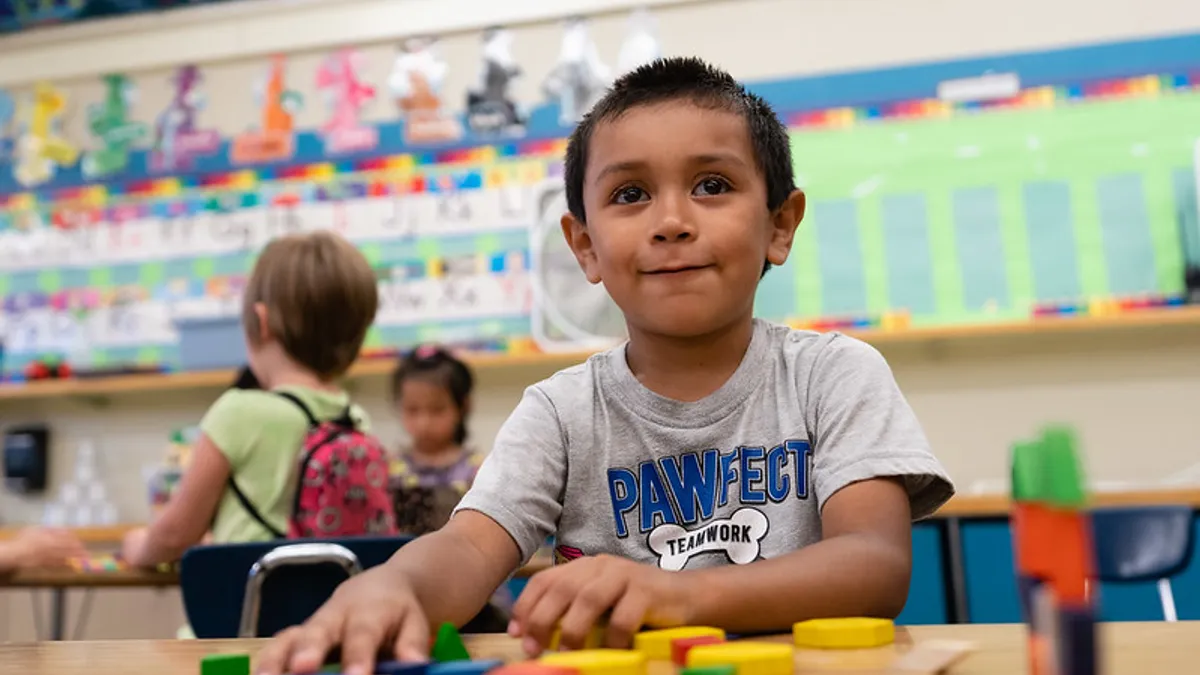Dive Brief:
- Schools in Minnesota are launching in-school summer school programs in small groups, District Administration reports. Though summer school will be open to all, the state is urging schools to give the first priority to students who fell behind during school closures.
- The summer school will have groups of students and staff together in 10-person cohorts that remain together throughout the day. Social distancing must be practiced and desks will be spaced out. Activities, such as art and music, will take place outdoors and staff should wear masks.
- The schools are using the comprehensive Guidance for Social Distancing in Youth and Student Programs from the state Department of Health in their reopening efforts.
Dive Insight:
Planning for fall school reopenings months in advance is a daunting task for districts, especially during this rapidly changing pandemic landscape. Experts say while wearing face coverings and practicing social distancing is reasonable to expect of older students, young children will have trouble following the new safety guidelines.
Transportation is another challenging and expensive obstacle that may require more buses, drivers and routes.
Some schools are slowly reopening with safety measures in place. In California, Marin County has reopened several schools that will have small groups of students together with the same teacher throughout the day. Also, a new QR-code mobile phone sign-in system will track those who enter buildings and trace contacts in the event someone in the school becomes ill.
Districts in Colorado are allowing small group instruction, as well. The 1,300-student Fremont RE-2 School District, for example, opened for voluntary small-group tutoring sessions, special education services and welding classes.
A school in rural Montana also reopened with measures such as social distancing markers on the playground and staggered class release times, but students don’t have to wear masks. At another Montana school, teachers to have to wear masks and gloves, but students don’t.
Health experts recommend masks for students and staff, but requiring young children to wear them will be challenging. Also, masks may scare some younger students and interfere with the development of personal connections. Temperature checks may become a standard part of daily school life, however, many educators consider this to be logistically challenging.
All of these changes come at a time when districts will be making do with less. Lower tax revenue is expected due to the looming pandemic-related recession, yet personal protective equipment, sanitation stations, smaller class sizes, temperature checks and expanded bussing are added expenses for districts.













